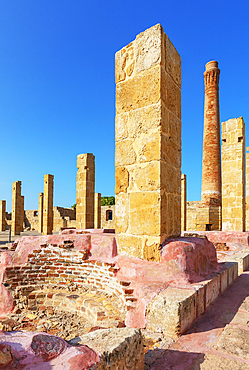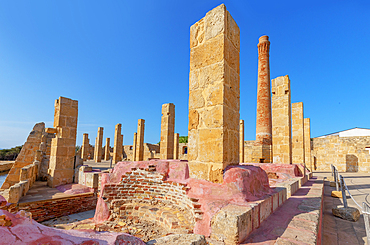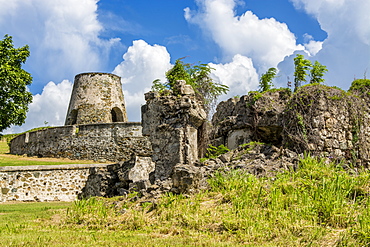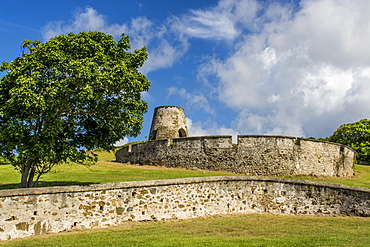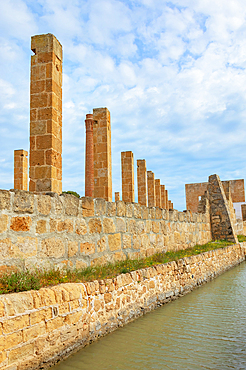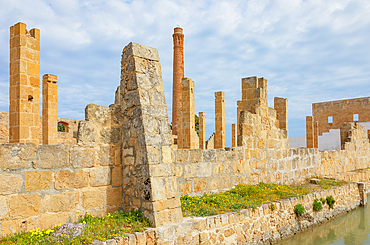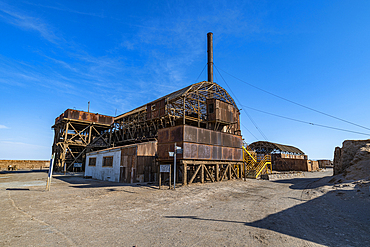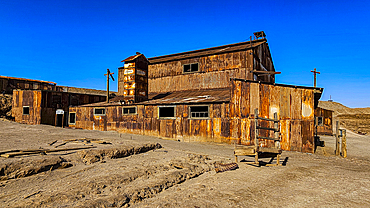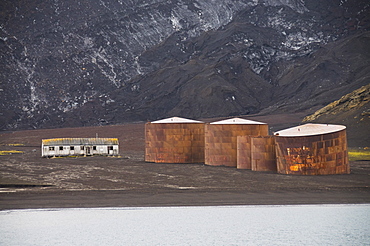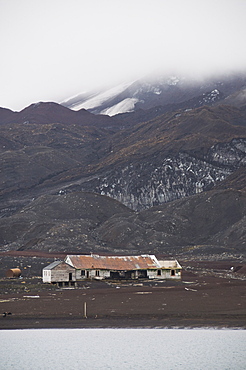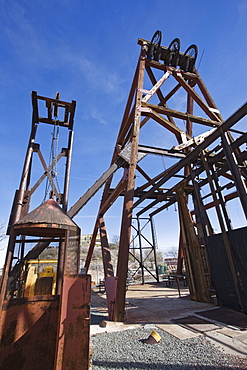Results
32 results found
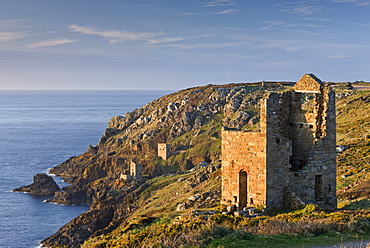
Abandoned Cornish tin mine engine houses on the cliffs at Botallack, UNESCO World Heritage Site, Cornwall, England, United Kingdom, Europe
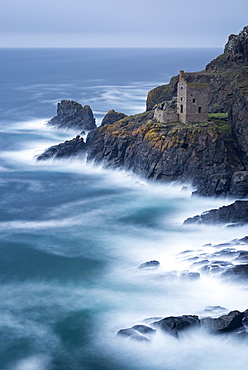
Abandoned ruin of tin mine engine house on the Cornish cliffs near Botallack, Cornwall, England, United Kingdom, Europe

Abandoned tin mines on the Cornish cliffs near Botallack, UNESCO World Heritage Site, Cornwall, England, United Kingdom, Europe
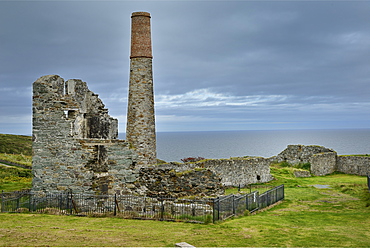
Abandoned Copper mine, Tankardstown, Copper Coast Drive, County Waterford, Munster, Republic of Ireland, Europe

Abandoned Copper mine, Tankardstown, Copper Coast Drive, County Waterford, Munster, Republic of Ireland, Europe

Clifftop engine house from an abandoned tin mine on the Cornish cliffs, Botallack, Cornwall, England, United Kingdom, Europe
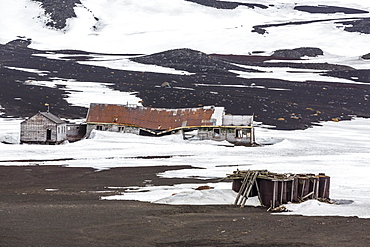
Remains of the abandoned whale station in Port Foster, Deception Island, South Shetland Islands, Antarctica, Polar Regions
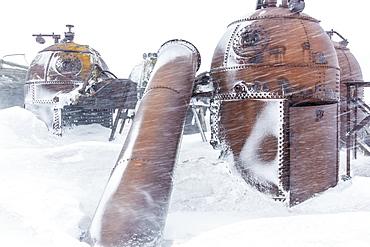
Remains of the abandoned whale station in Port Foster, Deception Island, South Shetland Islands, Antarctica, Polar Regions
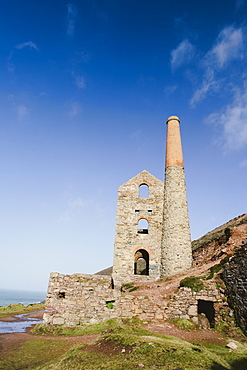
Towan Roath Engine House at Wheal Coates Tin Mine, UNESCO World Heritage Site, St. Agnes, Cornwall, England, United Kingdom, Europe
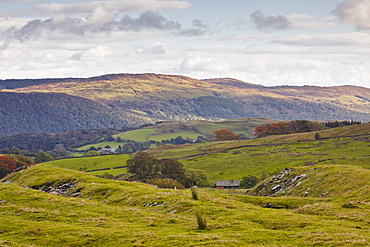
The remains of slate mines near to the Tranearth site in the Lake District National Park, Cumbria, England, United Kingdom, Europe
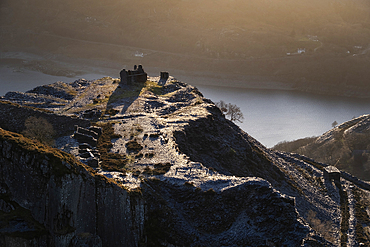
Mine working and spoil tip remains, Dinorwig Quarry (Dinorwic Quarry), Llyn Peris behind, Eryri (Snowdonia National Park), North Wales, United Kingdom

Herringfleet Mill (Walker's Mill), Drainage mill of the smock mill style, Herringfleet, Suffolk, England, United Kingdom, Europe

Herringfleet Mill (Walker's Mill), Drainage mill of the smock mill style, Herringfleet, Suffolk, England, United Kingdom, Europe

Herringfleet Mill (Walker's Mill), Drainage mill of the smock mill style, Herringfleet, Suffolk, England, United Kingdom, Europe
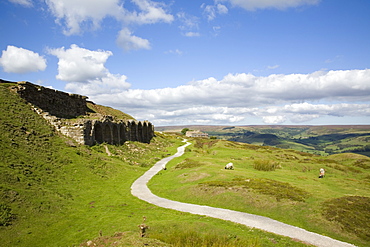
Remains of kilns from old ironstone workings on Rosedale Moor with view to Esk Dale valley, North York Moors National Park, North Yorkshire, Yorkshire, England, United Kingdom, Europe

African oil palm (Elaeis guineensis) plantations and remains of disturbed forest. East Kutai Regency, East Kalimantan, Borneo, Indonesia, Southeast Asia, Asia

Grit salt remains the most commonly used method of removing ice and snow from the ground. All kinds of salt are effective at breaking up ice crystals, but grit salt is the preferred method for use in salt-spreading machines as long as the grit salt is kept dry. The grit salt also adds some friction to flat areas, making the ground better for tyres and shoes to grip on to.? . "
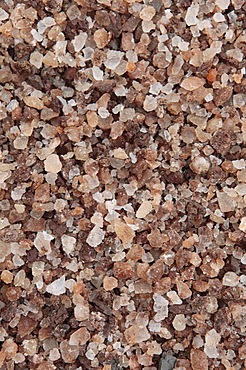
Grit salt remains the most commonly used method of removing ice and snow from the ground. All kinds of salt are effective at breaking up ice crystals, but grit salt is the preferred method for use in salt-spreading machines as long as the grit salt is kept dry. The grit salt also adds some friction to flat areas, making the ground better for tyres and shoes to grip on to.? . "
